
We have several chemistry, electrochemistry and materials oriented laboratories furnished with all necessary equipment and tooling. Here is where our research starts. In these laboratories we select and combine the most suitable materials to develop highly performing electrodes, as the basis for the development of highly performing early stage battery prototypes. We prepare our first electrode samples with flexible, desktop equipment. Next step is the physical-chemical characterization of the electrodes. The electrochemical evaluation is performed in coin cell or other dedicated cell formats and prototypes.
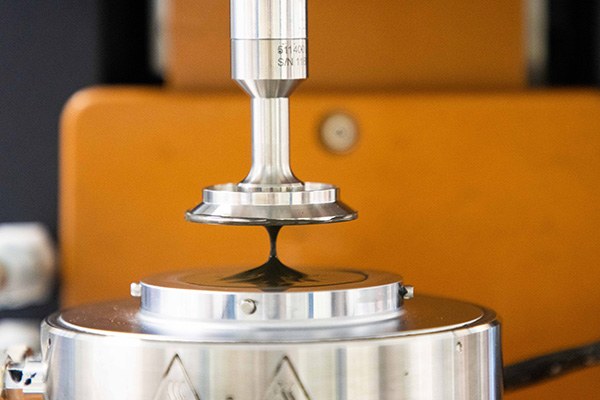

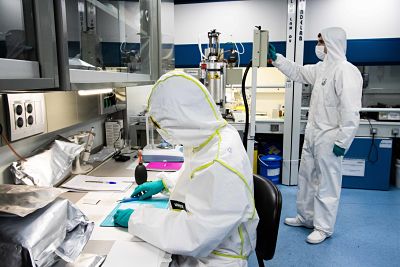
Double dry room composed of two interconnected individual rooms:
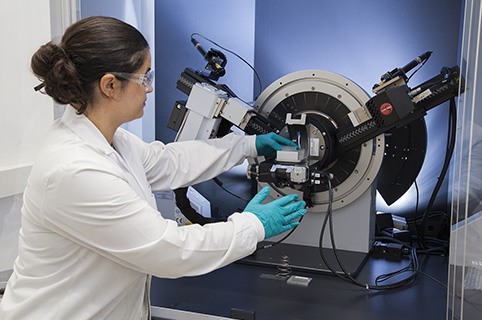
Identification of crystalline phases and analysis of the microstructure of active materials and fabricated electrodes are carried out with X-Ray Diffractometer.
The characterization of the electrodes at different states of charge in the battery helps in the understanding of the reaction mechanisms occurring in the battery upon cycling.
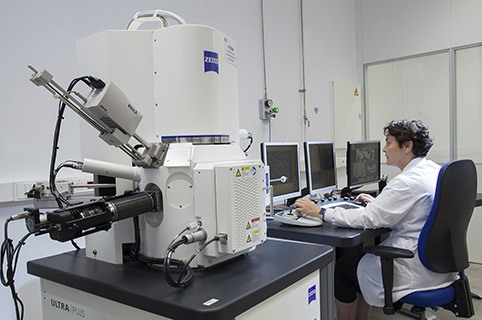
Materials and fabricated electrodes are studied by Field emission scanning electron microscope. This technique allows determining the morphology, homogeneity and particle size of materials and electrodes. These features define the quality of the electrodes and their impact on the electrochemical performance once the electrodes are placed inside the battery.
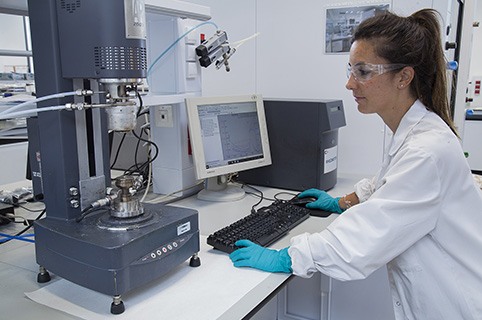
The solid-liquid ratio of the slurries and therefore its viscosity determines the ability of the mixtures to be coated in both laboratory and the pilot plant scale.
The viscosity of the solutions is measured at different shear rates in the rheometer. This analysis allows understanding the feasibility of the slurries to be coated at different speed rates.

The adhesion strength of the coated electrodes on the current collector is measured using the peel tester. 90° peel test is performed between two substrates bonded together with an adhesive. The adhesive itself takes the form of a thin layer between the two substrates such as the adhesive located on the underside of a piece of tape that has been placed against a steel plate.
The goal of a peel test is to determine the adhesive strength of the material or the strength of the adhesive bond between two materials. A minimum adhesion strength of the electrode to the current collectors is required for the different processing of the electrodes.